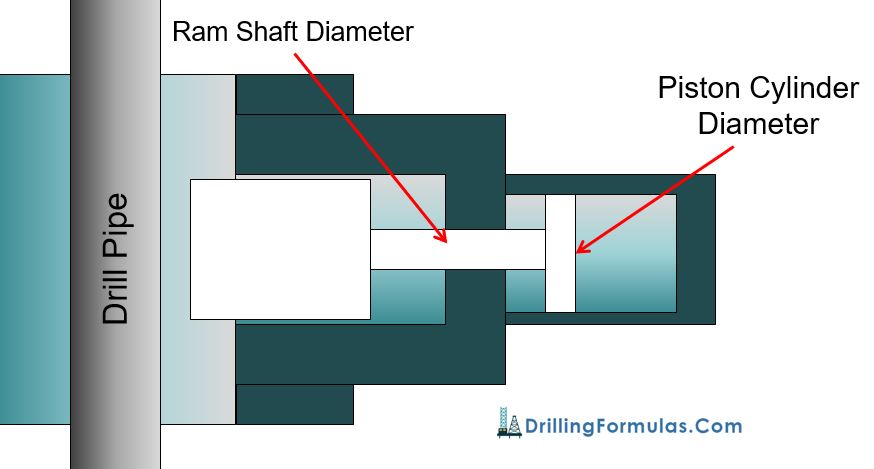Many people ask us a lot of questions regarding shoe pressure while circulating kick (wellbore influx) out of the wellbore. Pressure acting at casing shoe is different depending on where the kick is in the well therefore we will summarize all the scenarios to help you get clearer picture. There are a total of three cases which we will separately discuss as per the details below.
Note: All the calculations and scenarios are based on water based mud and gas kick. This assumption is used because it is the worst case scenario. The casing shoe will have less pressure if the influx is oil or gas kick.

First Scenario – Top of Gas Kick Below Casing Shoe

Figure 1 – Top of Gas Kick Below Casing Shoe















